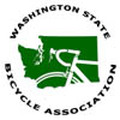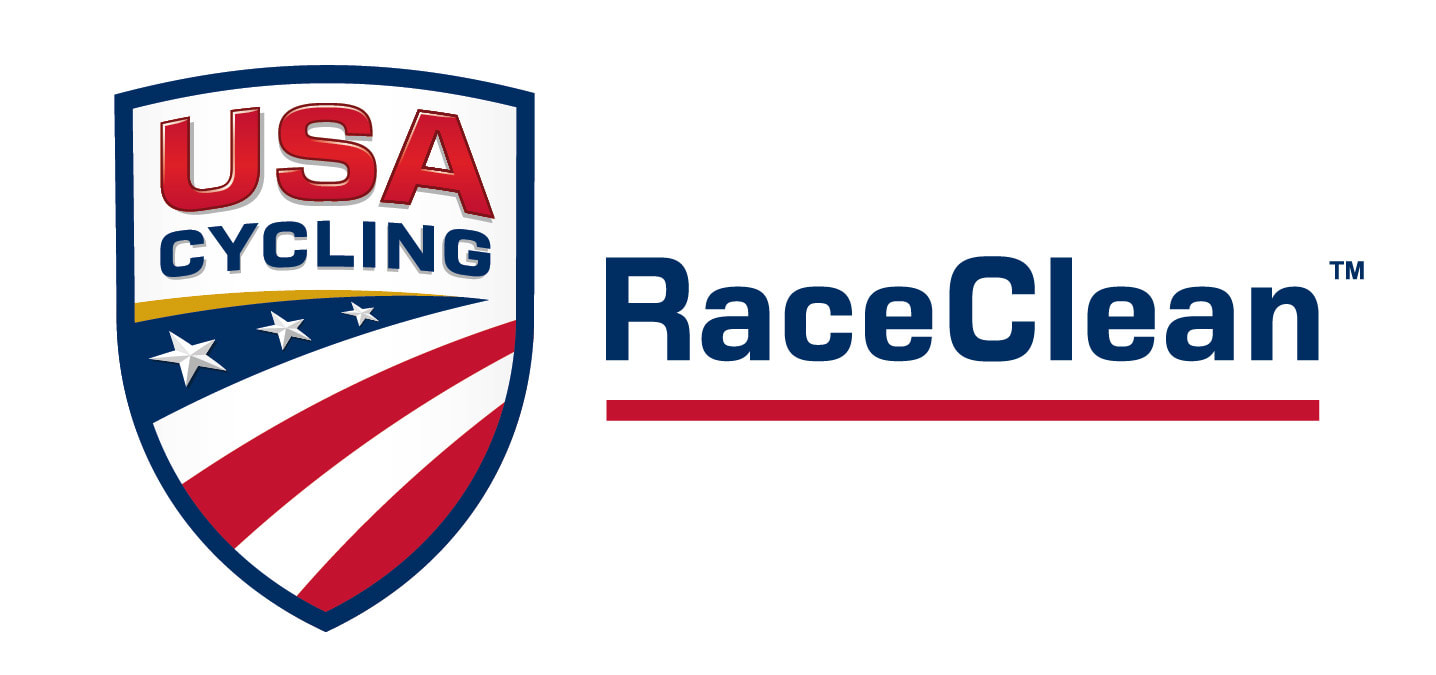You may already know that the 2019 CX National Championships will be held right here in our own backyard – December 10-15 at Fort Steilacoom Park in Lakewood, Washington, just outside of Tacoma. This is really exciting for racers in our region, and it’s not too early to be making your race plans!
Starting positions at CX races are important – you want that “hole shot,” and even if you can’t get there first, you want to try not to get bogged down behind a bunch of riders that are stacked up in front of you! Your starting position at Nationals is based on your ranking, which in turn is based on your average “points” in recent USAC sanctioned races. It is a little counter-intuitive, but a lower points average is actually better than higher points average. So, the goal is to earn the fewest points possible in each sanctioned race.
How the USAC calculates points is a little complicated. If you are interested in the mathematics, the WSBA website has some information here: http://www.wsbaracing.org/home/cyclocross-usac-rider-rankings-explained
But the bottom line is that your points are based on the average of your five best results in USAC sanctioned races over the most recent 12-month period. In addition to racing well, what can you do to maximize your chances of getting “low points” for any given race? Here are some general “rules of thumb”:
First, choose races and categories where there are other racers with low points. For example, you might choose to race Open Cat1/2 instead of Masters Cat1/2 or Open Cat 1/2/3/4/5 rather than Cat 3, the theory being that the presence of Cat 1/2 racers (or younger Cat 1/2 racers) might bring some stronger racers with lower averaged points totals.
Second, choose races that have bigger fields. More participants (because of the math) usually results in a yield of lower points overall across the field. You can review the previous year’s results for a given race to get an idea of how big the fields have generally been and also to get an idea of the kind of points that are likely to be available at this year’s race – recognizing, of course, that it all depends on who shows up!
Third, if you can afford the time and expense, consider traveling to out-of-town USAC sanctioned races in other regions that have large fields with low points riders, such as Colorado and the East Coast. UCI World Cup events in particular are known to attract low points riders, and there are a number of UCI vents held in the United States. This is a great way to lower your points total quickly. You can find information about these races on the USAC and UCI websites.
https://www.usacycling.org/events
https://www.uci.org/cyclo-cross/calendar
Racing locally sanctioned USAC events will also help your rankings, but based on the population size of our region the impact on your ranking isn’t a quick process. With that said, there are at least three regional opportunities to get after points in USAC sanctioned races:
- NW CX Cup: http://www.53eleven.com
- Inland NW (eastern Washington): https://www.emdesports.com/inland-nw-cyclocross.html
- Cross Crusade (October 5 and 6 Oregon): http://www.crosscrusade.com
(Note: some of the sites will be updated as CX season approaches!)
Some of the most competitive or largest fields in Nationals limit racer eligibility to Categories 1-3. This is true for the Elite (Categories 1/2 only) and U23 races and also all of the other Master age-group for fields until you reach a racing age of 45+ if you are a woman or 55+ if you are a man. In the latter two cases, Nationals allows racers of all categories.
For Juniors, there are no category restrictions for girls between the ages of 9 and 18 or for boys between the ages of 9 and 16. For boys between the ages of 17 and 18, you need to be Category 3 or higher.
If you have questions about your what category you need to be by December, check out the USAC Rules here:
https://s3.amazonaws.com/USACWeb/forms/rules/2016_USAC_Rulebook_Chapter_7.pdf
If you are new to CX, it’s important to know that upgrading to Cat 3 from Cat 4 or Cat 5 (if necessary for your national championship race) before December is very achievable.
The move from Cat 5 to Cat 4 generally requires just a little experience in cross races. Moving from Cat 4 to Cat 3 does involve some success in your Cat 4 races, but the WSBA will consider competitive, non-sanctioned races as part of an upgrade request. Here are the WSBA CX upgrade request guidelines:
http://www.wsbaracing.org/cross-upgrade-guidelines.html
To move from Cat 4 to Cat 3 (or higher depending on your current category, you’re looking for a couple of wins or the equivalent of 10 points in whatever combination of races you compete in.
The CX season begins the first week in September, and there will be at least one and often two or more races every weekend in the PNW throughout the Fall. So, look for USAC sanctioned races for sure, but don’t hesitate to call out your good results in other races as well when you make upgrade requests. Upgrade requests are normally processed within just a few days from your on-line application to USAC. You will find the USAC upgrade/downgrade request link on the computer screen right after you log-in.
Good luck with your upcoming season. I hope to see you at the races and Cyclocross Nationals in December!
Kevin Raymond
WSBA Cyclocross Director
[email protected]
 RSS Feed
RSS Feed


